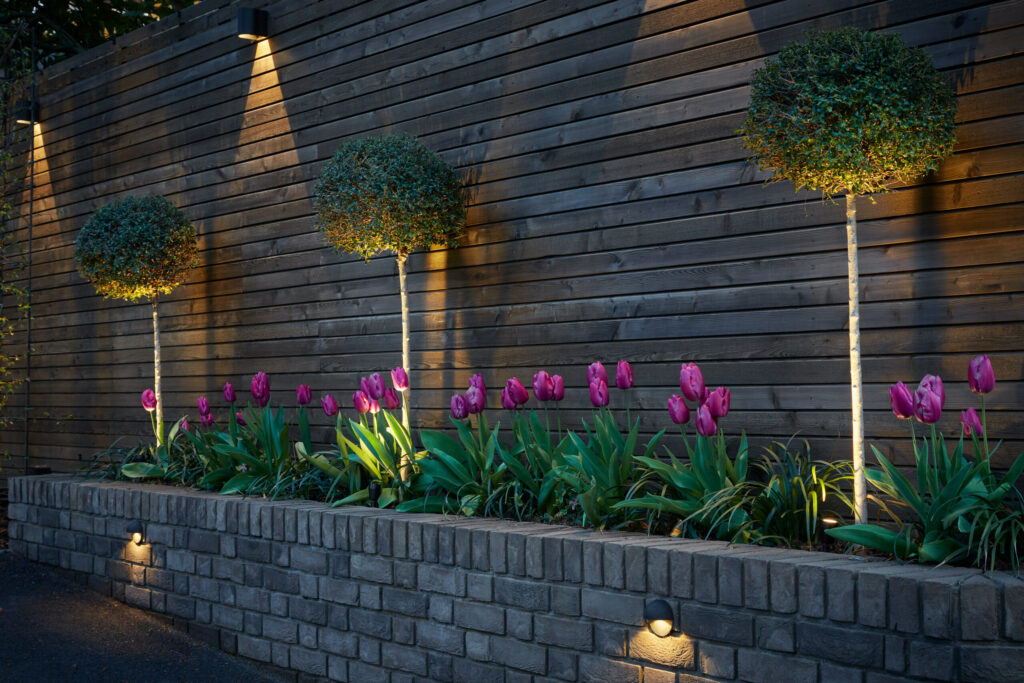Learn how to use landscape lighting for maximum effect
 Assess your garden
Assess your garden
Start by taking a good look at your garden, or outdoor area, and make a list of the areas that you want to highlight, the areas where you’ll sit and entertain and any areas that you do not want to draw people’s eyes to. Darkness, through the absence of light fittings, plays a strong role in the resulting lighting scheme. This is not only for the aesthetics of the final result, but also does ensure that you maximise your enjoyment by masking your least favourite areas.
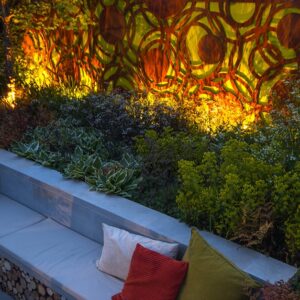 Shrubs, perennials and borders
Shrubs, perennials and borders
These are often considered as the ideal choices for using spike lights. Spike lights are discreet fittings that are easy to install in the soft ground that borders provide. The light output from the spike lights are tailor made for lighting up flowerbeds, shrubs and bushes. The lit effect is impressive as the light dances through the leaves and stems, creating a perception of depth. Accessories like hoods and snoots can be added to accentuate a moonlight effect.

Trees
Trees are natural focal points due to their size, shape and structure. A range of interesting effects can be created to highlight any unique features you enjoy. Higher power spike lights, using 700mA drivers and ground lights can be positioned to achieve this. Spike lights may be better for slightly smaller, deciduous, trees because they can be repositioned after installation, meaning that they can be moved to highlight different areas of the tree as the seasons change. Ground lights are perfect for larger trees, because of the wide beam angle and high light output, as well as evergreens.

Steps and paths
Adding lighting to these areas is important for both safety and for aesthetics. Wet weather and unlit steps can create a hazard, so it’s often worth adding lighting into these areas. Collingwood’s step light range has been specifically developed for this purpose, with product design aimed at directing the light effectively downwards and reducing glare. Marker lights are perfect for pathways and the multiple window options of the GL100 and GL200 products allow for the ideal configuration.
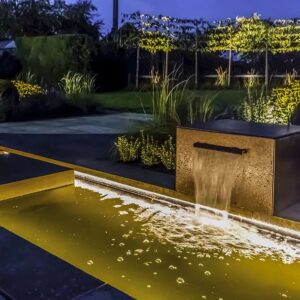
Water features
Gardens with water features are ideal for adding lighting. This is both to enjoy it into the night in spring and summer, as-well-as later in the year when the seasons change. The lighting chosen depends on the style of water feature. Long lengths of IP68 LED strip can be used, as can universal lights like the UL010 and UL030. Colour change options are also available if desired.
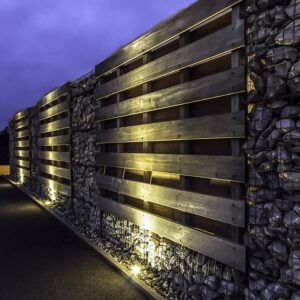
Driveways and building exteriors
This is the area where lighting can most clearly transform the area. Traditional types of welcome lighting, like lanterns, are widespread across the country but there are more effective luminaires available to decrease glare, increase the aesthetic appeal and reduce running cost. Depending on the style of the home, up/down wall lights can be used to highlight interesting brickwork and woodwork. Downlights can be used in soffits and bollards can be used for driveways. All of these lights, used together, can create exciting effects.
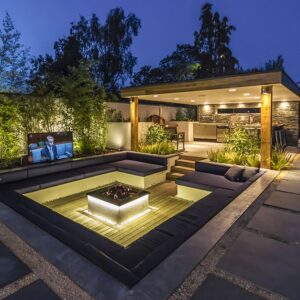
How to choose what’s best for you
Starting with the assessment of your garden and the areas that you want to focus on with give a strong initial idea of the kinds of lighting needed. Further literature is available on the Collingwood website, which shows the products more in depth, alongside finished, application photography. Our sales, support and lighting design team are also only a telephone call or email away. We are delighted to be able to help create a bespoke lighting design plan for you.

